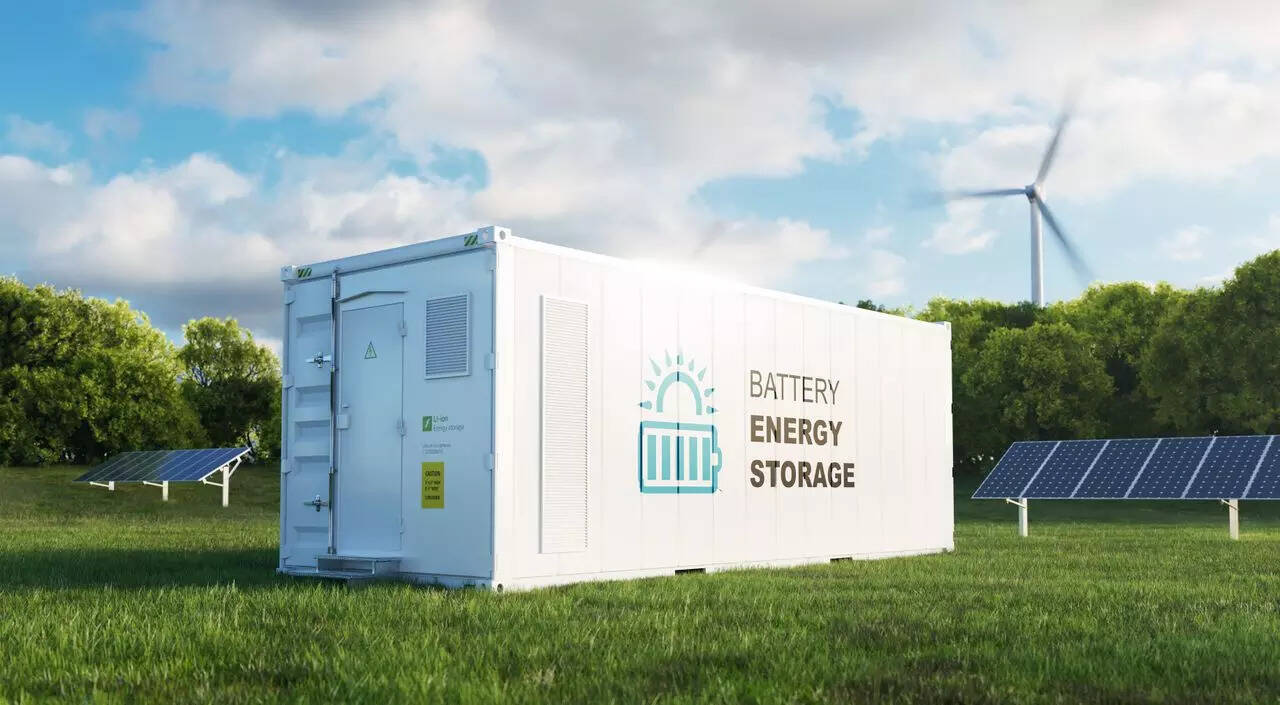Read by: 100 Industry Professionals

The top energy consumers in the world, China and India, in comparison to other Asia-Pacific (APAC) nations like Japan, will enhance the usage of pumped storage systems in their power mix.
According to a research by Moody’s Investor Service, Australia, China, and India are expected to increase the usage of battery storage in their power networks more quickly than the other APAC nations.
The agency attributed this to the stronger cost competitiveness of solar and wind power with battery storage in those nations than in other nations, such as Japan. This is primarily due to higher resource quality, economies of scale for solar and wind power projects, and lower charging costs.
Low-emission, long-duration energy storage has been emphasized by Moody’s as being essential to the energy transition. However, the majority of the available energy storage technologies are not widely commercially feasible. While battery and pumped storage will provide shorter-term storage for the time being, long-term storage will probably concentrate on green hydrogen.
Australia, China, India, Japan, Korea, and other countries will keep investing in hydrogen in order to produce, store, distribute, convert, and utilize it in more cost-effective ways, according to Moody’s.
In the upcoming five to fifteen years, Australia, Japan, and Korea also want to employ clean hydrogen to generate power on a larger scale and/or establish a supply chain to export or import clean hydrogen.
The current primary power storage system in APAC, pumped storage, is expected to expand, especially in China and India. Pumped storage, however, is constrained by the need for an appropriate geographic location that permits its construction. Therefore, even if they wanted to develop it, it is not accessible in all APAC nations, as Moody’s said.
According to its “Medium to Long Term Plan for the Development of Pumped Storage (2021- 2035),” China expects to grow pumped storage capacity at a CAGR of about 18% to 120 gigawatts (GW) from 2022 to 2030.
Similar to this, India intends to grow its pumped storage capacity between 2022 and 2032 at a CAGR of about 19%, according to the Central Electricity Authority’s (CEA) revised draft National Electricity Plan.
In the medium and long future, the International Energy Agency (IEA) anticipates a significant capacity increase of battery storage in the APAC area.
According to the IEA‘s projections, battery storage in APAC would increase by a compound annual growth rate (CAGR) of 14–16% to 606–1,845 GW from 2021 to 2050 and by a CAGR of 25–28% to 93-242 GW from 2021 to 2030 (based on the IEA’s stated policy scenario and announced pledges scenario, respectively).
For India, it will grow at a CAGR of 112 per cent (STEPS) to 115 per cent (APS) to 34-39GW and 36- 38 per cent to 287-417GW during the same period.

